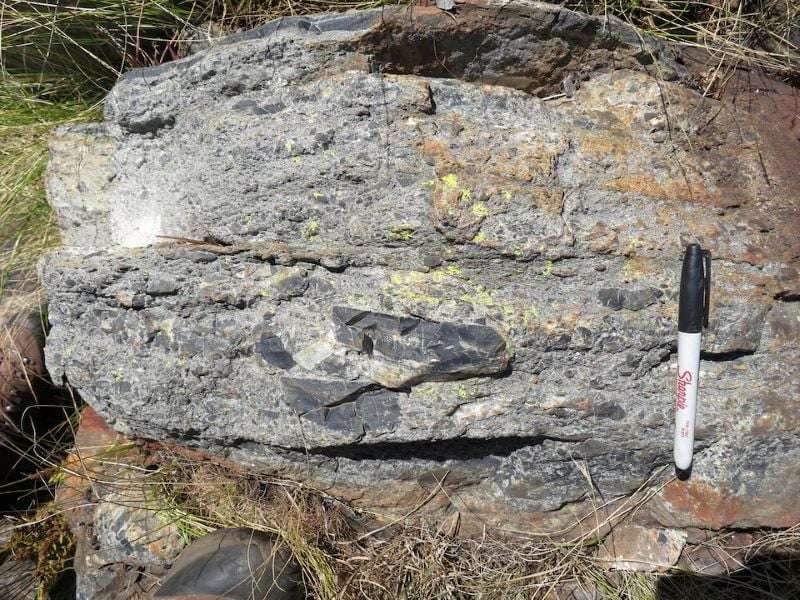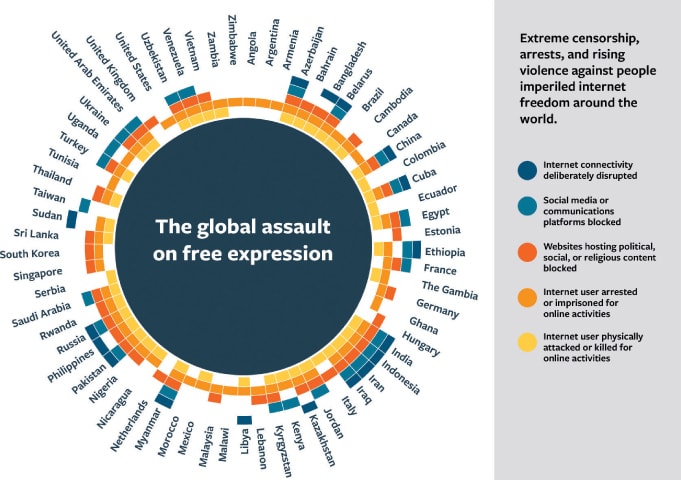A significant meteorite impact that occurred 3.26 billion years ago may have played a crucial role in the evolution of early life on Earth. This space rock, much larger than the one that famously wiped out the dinosaurs 66 million years ago, may have acted as “a giant fertilizer bomb,” enriching the environment with essential nutrients that benefited early single-celled organisms.
Impact Details
Researchers studied ancient rocks in the Barberton Greenstone Belt of northeastern South Africa, which show signs of a catastrophic event likely triggered by a carbonaceous chondrite meteorite, measuring approximately 23 to 36 miles (37 to 58 km) in diameter. This impact was estimated to be 50-200 times more massive than the asteroid that caused the mass extinction of the dinosaurs.
The collision would have released an immense amount of energy, vaporizing the impactor and the surrounding sediment. This vapor and dust would have encircled the Earth, resulting in a darkened sky within hours and initiating a global tsunami that tore through coastlines, uprooting seabed materials and flooding land areas.
Environmental Effects
The aftermath of the impact drastically changed Earth’s environment. Initially, the intense heat would have caused boiling oceans, decimating sunlight-dependent microbes. However, as the dust settled and the atmosphere cooled, the conditions became favorable for life to rebound.
The meteorite brought with it crucial nutrients, particularly phosphorus, essential for microbial growth and the formation of key biological molecules, including those that store and convey genetic information. Additionally, the tsunami mixed iron-rich deep waters with shallower seas, creating an optimal environment for various types of microbes, as iron serves as a vital energy source.
Research Findings
Harvard geologist Nadja Drabon, the study’s lead author, emphasizes that life not only recovered but thrived after this event. “Life not only recovered quickly once conditions returned to normal within a few years to decades, it actually thrived,” she stated. This resilience highlights the capacity of microorganisms to adapt and proliferate rapidly in the face of dramatic environmental changes.
Co-author Andrew Knoll added context about Earth’s state during the Paleoarchean Era, noting that it was predominantly a water world with very limited land. The atmosphere lacked oxygen, and cellular life was far simpler than today.
Conclusion
The findings challenge the traditional perception of meteorite impacts solely as catastrophic events. Instead, they suggest that such disasters can also provide vital nutrients that stimulate early life forms. This study not only enhances our understanding of the resilience of early life but also reshapes our perspective on the complex interplay between catastrophic events and evolutionary processes.
ALSO READ:



